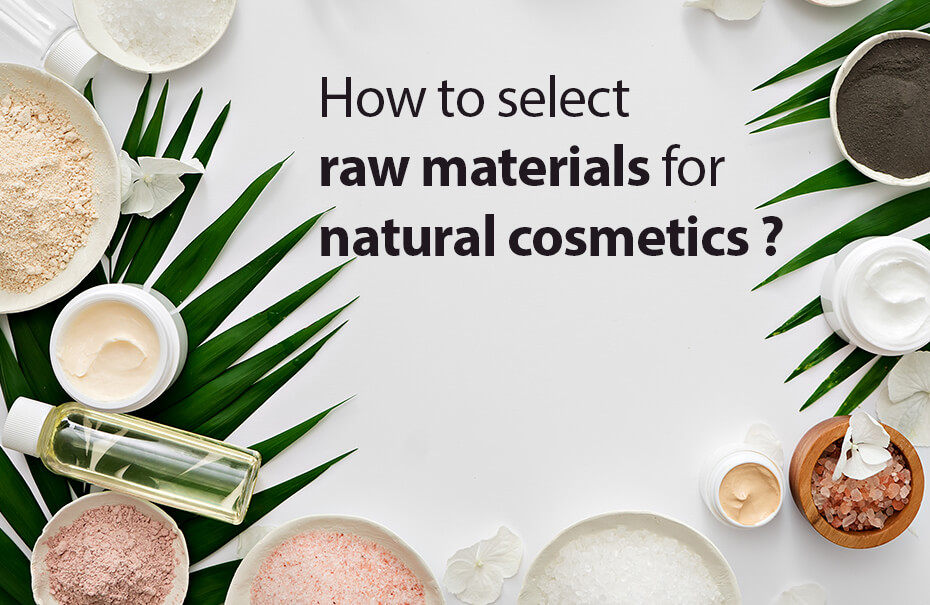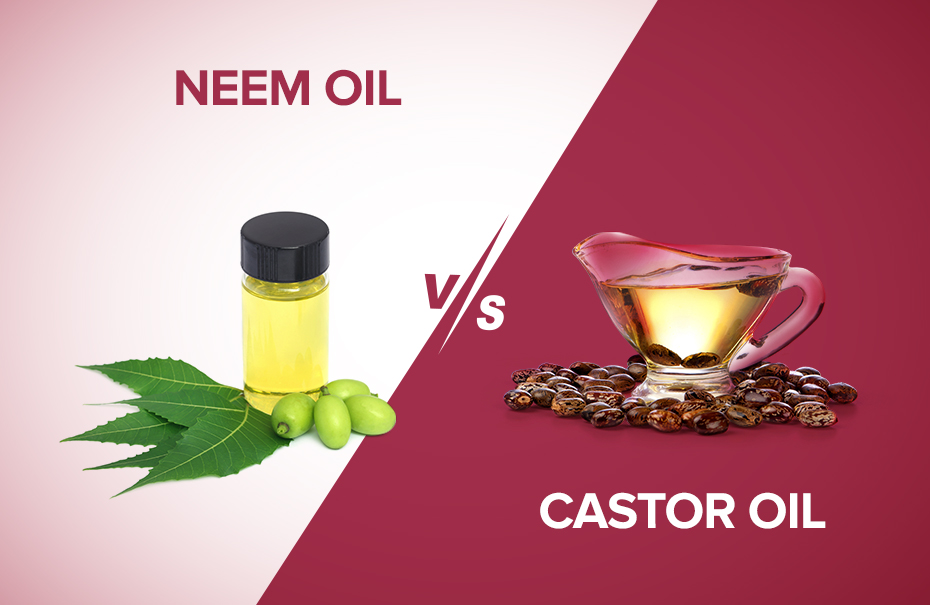How to select raw materials for natural cosmetics?

Cosmetics are no more just a composition of chemicals. Natural raw materials like castor oil and its derivatives have paved their way to cosmetics and now are breaking records of purchases.
Raw materials: The Building Blocks of Cosmetics
How a cosmetic product will turn out, entirely depends upon the raw materials used in it. From the look and feel of the product, its smell, to the most important factor – its effects are the results of the ingredients used to compose it.
Hence, the composition of a cosmetic product matters the most more than anything which is unfortunately also the most ignored thing because we hardly read the ingredient list while buying a cosmetic product. Either our focus is only on the price or the offers or we are simply influenced by an advertisement or some people.
With the recent shift to natural products, the importance of learning the raw materials used in it have doubled even more because some products that claim to be natural do contain some chemicals in the form of preservatives or additives in a minor amount.
Now, before proceeding to explain how the selection of raw materials for natural cosmetic products takes place, let us first understand what natural cosmetics are.
Natural Cosmetics: The Trending Skin-care Routine
All-natural things mixed together to form a cosmetic product, if that is what you think natural cosmetic is then you got it right to some extent. Natural cosmetics are products made from naturally-sourced raw materials such as mineral resources and ingredients of plant or animal origin. They are also the ones that are processed to the minimum hence are pretty much safe for the skin and are also equally effective as chemical-based products. Still, you must always look at the label of the product before falling for the 100% natural tag highlighted on any product.
The Art of Selecting Raw Materials
Did you know? The label of a cosmetic product tells us a lot more about the product than we can imagine? Apart from the amount of it present in the product, from where is it sourced, the allergens it contains are also mentioned. But, who reads after all?
When we say raw materials, the image that you might be getting will be of some leaves and flowers ground into a fine paste or powder and packed. Well, that’s not exactly what we mean by natural cosmetics. The raw materials are selected based on certain criteria which we have mentioned below because cosmetic and personal care products are meant to be safe for use and not cause any allergy or other harmful side effects.
The raw material is selected firstly and mainly on the basis of its functionality. What purpose can it serve?
The compatibility and stability of the raw materials undergo a detailed checking process before formulating a product. Each ingredient is different and they act differently with each other and when exposed to the atmosphere, hence their pH limitations, the potential for oxidation, hot/cold tolerance, and lightfastness (which is of specific importance to colorants), etc. are tested to make it safe for application.
Read More: 10 Popular Skincare Ingredients You Will Find Trending in 2022
Not all of the natural substances are safe. They can be itchy, poisonous, reactive, too, and hence the safety of the raw material is the most important factor to be looked upon while selecting it for a cosmetic product.
Complete technical information of raw material is prepared to check whether it fulfills regulatory and safety requirements. The history of safe use of the raw material and the studies related to it along with necessary certifications of individual ingredients are gathered to formulate a cosmetic product.
The availability of the raw material is the next most important step in the selection of raw material. There are some natural substances that are on the verge of getting extinct or are available in limited quantities in certain regions. Hence, while selecting that particular raw material, care must be taken that it doesn’t get extinct or that its usage is causing harm to the environment or is imbalancing the ecosystem in any way.
The effectiveness of raw material is the next big thing in the selection process. Just because something is natural doesn’t mean it has to be magical. The properties of raw materials like emulsification, moisturization, cleansing, thickening, coloring, fragrance, or preservation must be considered before adding them to the list of ingredients for a cosmetic product. Some ingredients like castor oil can serve several functions at the same time means it is a great emulsifier, humectant, exfoliant, and surfactant which is why castor oil in cosmetics is a big hit in the present times.
Read More: The Trend of Vegan Cosmetics: Should You Be Following It Too?
Powers a Raw Material Must-have in Natural Cosmetics
- Anti-oxidants – To fight off the aging of the skin, anti-oxidants are necessary. They also limit the growth of microorganisms and protect cosmetic ingredients from decomposition. Some of the natural antioxidants are polyphenols and flavonoids found in grape seeds, rosemary, and citrus.
- Emollients – To soften or smoothen the skin, emollients are added which help build a barrier against water loss. Some of the natural emollients are – hydrogenated castor oil, coconut oil, honey, etc.
- Emulsifiers – In order to combine two opposite phases like water and oil, an emulsifier is needed in cosmetic products. For example, GSC (Glyceryl Stearate Citrate), beeswax, are natural emulsifiers that help in stabilizing and obtaining the right consistency of the cosmetic product.
- Surfactants – A multifunctional raw material with properties such as foaming agents, conditioning agents, emulsifiers, and solubilizer, is added to the cosmetic products to facilitate skin cleansing. Castor oil, Cocamidopropyl betaine obtained from coconut oil are known to be the best natural surfactants used extensively in the cosmetic industry today.
- Humectants – Long-lasting moisturization is what everyone desires from a cosmetic product and humectants are responsible for it. Hydrogenated castor oil, aloe, honey, glycerol, and acid are the star humectants in natural cosmetics today.
- Plant extracts – Since we are talking about natural cosmetics, botanical extracts are a must and the most important raw material. They are the active ingredients in natural cosmetics. Extracts of aloe, castor plant, green tea, etc., can be found in the ingredient list of natural cosmetic products that act as antibacterial, firming, strengthening, moisturizing, rejuvenating agents and are also safe for the skin.
Other than these, proteins, vitamins, oils, waxes, fats, butter, acids, minerals and trace elements, gums, and thickeners, fragrances are the other factors in raw materials that are important in the formulation of a natural cosmetic product.
In A Nutshell
The real heroes behind any cosmetic product are its raw materials and hence it is important to go through the ingredient list of any product before emptying your pockets. If you don’t have time to research a product, try buying from trusted sources only. Like if you are planning to opt for castor oil-based cosmetic products, check out Ambuja Solvex, the leading castor oil manufacturer in India which is the biggest castor oil supplier in the Indian cosmetic industry, and check out our castor oil product list.



